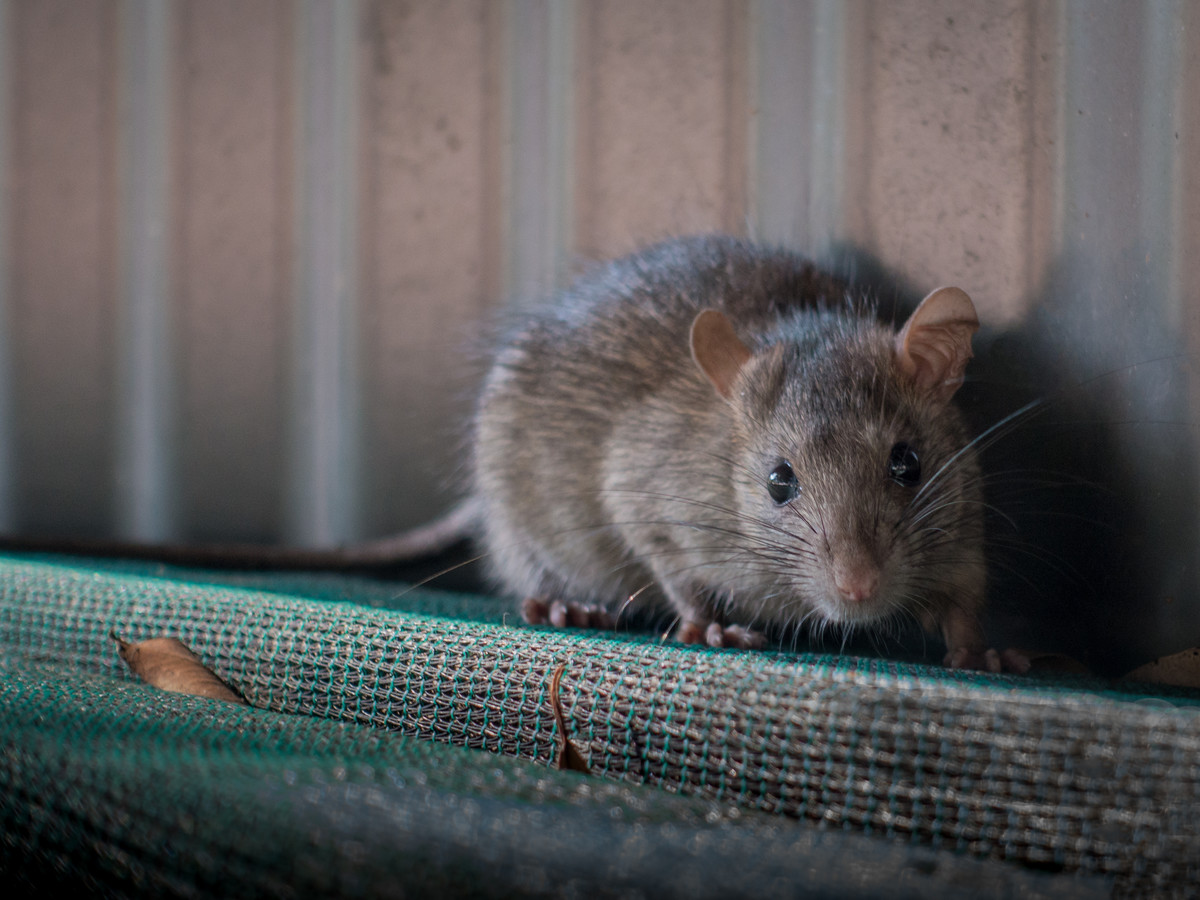Nobody wants to think of rats setting up houses inside their homes. The common belief is that rats are attracted to unclean homes, but that just isn’t true. Rats seek out places that offer warmth, shelter and access to food. People’s houses can be ideal environments, even if they are spotless.
Many companies offering services for wildlife control in Barrie use extermination techniques like poisoning and trapping. Those methods are ineffective for eliminating all the rats in your home and don’t stop future incursions. Read on to learn about rat behaviours and how Skedaddle’s techniques provide a real solution for rat removal.
Why Rats Get Into Homes
Rats are more inclined to look for a way into your home when the weather starts turning cool, but that doesn’t mean they won’t take advantage of an opportunity when they see it at any time of year. Rats can survive longer than a camel without water, so their primary concerns are food and shelter.
What Do Rats Eat?
Like other mice and other rodents, rats are opportunistic feeders. Though they prefer seeds, nuts and fruit, they can eat a wide variety of foods. They are brilliant animals and don’t forget where they find easy access.
Where Do They Live in Homes?
Rodents have teeth that grow continuously, so they chew on hard surfaces to keep them filed down. They are destructive, gnawing on wires, wood and other structural elements. In a house, they construct nests from insulation, material and items they bring in from outside.
They are shy, nocturnal creatures and build their nests in dark and out-of-the-way places. Rats may establish residence in your attic, basement, crawl spaces and even behind the walls.
How Skedaddle Does Rat Removal
Skedaddle’s approach to removing rats and mice doesn’t involve extermination, and it’s much more effective. Rat poison is toxic to humans and pets. When there’s a humane and safe method to get rid of these social, affectionate and intelligent wild animals, we think it makes sense to use it.
How Do We Detect Rats?
Rats leave traces of their presence, but they aren’t always easy to find. The most telltale sign is their droppings. Their feces can be up to ¾” long, so they aren’t hard to spot when you know where to look. Our technicians also look for evidence around potential entry points.
Skedaddle technicians are trained on how to find rat entry points. They conduct a thorough inspection, beginning at the foundation and moving up to the roof, looking for where rats and mice get inside. Rats only need an opening about an inch wide to get inside.
How Does Skedaddle Remove the Rats?
Skedaddle places special doors over entry points, allowing rats to leave but not go back inside. We ask that you ensure your food is secure and provide suggestions for rat-proofing your cupboards. When the rats don’t have access to food inside, they go outdoors seeking sustenance.
Rats aren’t aggressive but may bite if they feel trapped or threatened. They can carry a virus that causes rat-bite fever. They may also transmit hantavirus. Like mice, rats may also spread ringworm and tapeworm. Skedaddle ensures you and your family (including the furry ones) stay safe by cleaning up the messes rats leave behind and getting rid of contaminated materials.
How Do We Keep Them From Returning?
We take measures to prevent future incursions. Your Skedaddle technicians use metal screening or a special wildlife exclusion sealant on potential entry points. They also apply deodorant to mask scents that attract rats or other wildlife.
When You Need Wildlife Control in Barrie
If you suspect you have a rodent population at your home, contact Skedaddle for humane rat removal. Our wildlife control technicians are happy to answer any questions you might have about our process. Get in touch with us today to learn more about how we can help.




